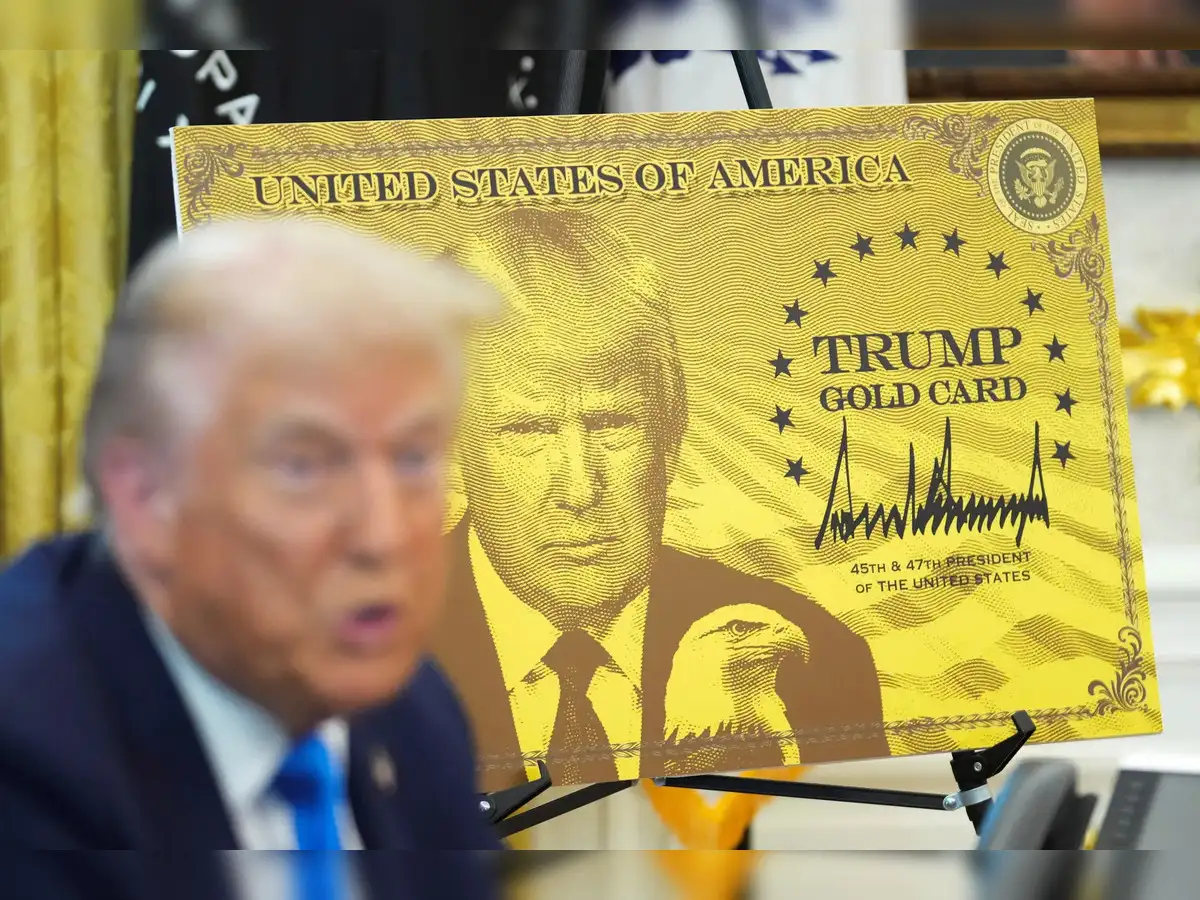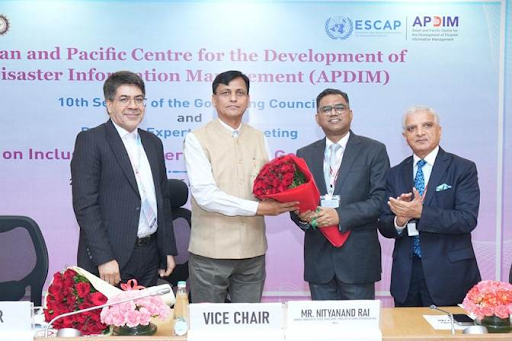Description

Copyright infringement not intended
Picture Courtesy: https://www.thehindu.com/news/national/india-china-hold-31st-wmcc-meeting-to-resolve-standoff-at-lac/article68582665.ece
Context:
India and China held their 31st meeting of the Working Mechanism for Consultation & Coordination on India-China Border Affairs (WMCC) in Beijing, China.
|
Difference between the LOC and the LAC
|
|
Line of Control (LOC)
|
●The LOC refers to the boundary between Indian-administered Jammu & Kashmir and illegally occupied territories by Pakistan.
●The Indian part of LOC, known as Jammu and Kashmir, makes up 45% of the total Kashmir region.
|
|
Line of Actual Control (LAC)
|
●The LAC is the boundary separating Indian-controlled territory from Chinese-controlled territory.
●The LAC is an undeclared border area where both countries maintain a distance of around 50 to 100 kilometres.
- However, there is ambiguity in the exact length of the LAC, with China claiming it to be 2,000 kilometres and India estimating it to be 3,488 kilometres.
|

Key Outcomes of the Meeting
- Constructive Dialogue:
-
- The meeting was described as "frank, constructive, and forward-looking."
- Both sides engaged in a detailed discussion to narrow down their differences and seek an early resolution to outstanding issues along the LAC.
- Intensified Contact:
-
- Both nations agreed to increase communication through both diplomatic and military channels.
- This is part of a broader strategy to manage tensions and work towards a resolution.
- Respect for the LAC:
-
- India emphasised the importance of respecting the LAC as a fundamental condition for restoring normalcy in bilateral relations.
- Both sides agreed to uphold peace and status quo on the ground, following existing bilateral agreements and protocols.
India and China
- India was the first non-socialist country to establish diplomatic relations with the People's Republic of China in 1950.
- This early engagement set the stage for a partnership between the two nations. However, their relationship faced a significant challenge in 1962 with the border conflict, which strained ties for decades.
Revival of Relations in the Late 1980s
Prime Minister Rajiv Gandhi's visit to China in 1988 marked the beginning of efforts to repair and strengthen the relationship, paving the way for improved diplomatic interactions.
Key Agreements and High-Level Visits
- 2003 Declaration
-
- In 2003, during Prime Minister Atal Bihari Vajpayee’s visit to China, both countries signed the "Declaration on Principles for Relations and Comprehensive Cooperation."
- This agreement laid the groundwork for future collaborations and the appointment of Special Representatives (SRs) to explore boundary settlement frameworks.
- Strategic Partnership in 2005
-
- In 2005, Premier Wen Jiabao’s visit to India led to the establishment of a "Strategic and Cooperative Partnership for Peace and Prosperity."
- This partnership aimed to promote bilateral relations through cooperation and strategic alignment.
- Closer Developmental Partnership
-
- In 2014, during President Xi Jinping’s visit to India, the two countries redefined their relationship as a "Closer Developmental Partnership."
Key Issues
|
Territorial Disputes
|
●The India-China border stretches over 3,488 kilometres and is divided into three sectors: the western (Aksai Chin), the middle (Uttarakhand and Himachal Pradesh), and the eastern (Arunachal Pradesh).
- Aksai Chin: Controlled by China but claimed by India, this region is strategically important for both nations. China built the Xinjiang-Tibet road here, which enhances its military logistics.
- Arunachal Pradesh: India administers this region, but China claims it as part of its territory, referring to it as “South Tibet.” Tensions have escalated in this area, with periodic military standoffs.
|
|
Economic Relations
|
●China is India’s largest trading partner.
●Trade Volume: In 2023-24, trade between India and China reached approximately $118.4 billion.
- India’s trade deficit with China remains a concern, prompting calls for self-reliance in various sectors.
●Investment Opportunities: Chinese investments in India have focused on sectors like technology, infrastructure, and manufacturing. Companies like Xiaomi and Huawei have made significant inroads into the Indian market, contributing to economic growth.
●Belt and Road Initiative (BRI): China's ambitious BRI has been met with scepticism from India, which views it as a strategy to extend Chinese influence in South Asia.
- India has not participated in the initiative, highlighting the geopolitical tensions that overshadow economic opportunities.
|
|
Geopolitical Challenges
|
●US-China Rivalry: The growing competition between the United States and China has significant implications for India.
- As the US seeks to strengthen its alliances in Asia, India has increasingly engaged with the US and other regional powers like Japan and Australia through forums such as the Quad (Quadrilateral Security Dialogue).
- This alignment raises concerns for China, which views it as an attempt to contain its rise.
●Strategic Alliances: India's defence partnerships with countries like the US and Russia have influenced its approach to China.
- The recent signing of the Security of Supply Arrangement (SOSA) with the US enhances India’s military capabilities, further complicating the regional dynamics.
●South China Sea: While not directly involved, India’s interest in the South China Sea—where China asserts extensive territorial claims—affects its maritime security strategy.
- India has increased its naval presence in the region, conducting joint exercises with countries like the US and Japan.
|
Key Challenges in India-China Relations
- Border Disputes
-
- The Line of Actual Control (LAC), which demarcates the territories controlled by both nations, remains a source of tension.
- The clash in the Galwan Valley in June 2020 resulted in casualties on both sides and a heightened military presence along the border.
- This incident highlighted the fragility of peace in the region and raised concerns about the potential for future confrontations.
- Economic Competition
- While India and China engage in extensive trade, competition between the two economies has grown.
- China is a manufacturing powerhouse, while India is still developing its manufacturing sector through initiatives like "Make in India."
- The trade deficit with China rose to $85 billion in 2022-23. This trade imbalance has led to calls within India for reducing reliance on Chinese products.
- Geopolitical Rivalry
- Both nations seek to expand their influence in Asia and beyond, which leads to friction.
- China's growing assertiveness in the South China Sea and its strategic partnerships with countries in the region often worry India.
- India's engagement in the Quadrilateral Security Dialogue (Quad) with the United States, Japan, and Australia is seen as an effort to counterbalance China's influence in the Indo-Pacific.
- This has been met with stern warnings from China, further complicating the relationship.
- Nationalism and Public Sentiment
- Rising nationalism in both countries can exacerbate tensions.
- In India, there has been a strong pushback against Chinese goods following the Galwan clash, leading to calls for boycotting Chinese products.
- Similarly, Chinese media often portray India unfavourably, fueling negative sentiments.
Way forward
- Strengthening Diplomatic Channels
-
- Regular dialogues are essential for managing differences and reducing misunderstandings.
- Both countries should enhance existing diplomatic frameworks, such as the Special Representatives Mechanism for boundary talks. Regular meetings can help build trust and lead to practical solutions for border management.
- Economic Cooperation
-
- India and China can work together on economic initiatives that benefit both countries.
- Joint ventures in technology and green energy can promote cooperation while addressing global challenges like climate change.
- Collaborative efforts in renewable energy projects could help both nations meet their energy needs sustainably.
- Cultural Exchange
-
- Promoting people-to-people connections can help bridge gaps and develop understanding.
- Educational exchanges, cultural programs, and tourism can cultivate goodwill and create a more favourable atmosphere for dialogue.
- Initiatives like the "Year of India-China Cultural Exchange" can enhance mutual understanding and appreciation between the two nations.
- Addressing Security Concerns
-
- Both countries should engage in confidence-building measures to reduce military tensions along the border.
- Initiatives like the Hand-in-Hand Exercise between China and India, which focused on humanitarian assistance and disaster relief could promote cooperation and transparency.
Conclusion
The relationship between India and China is characterised by a blend of cooperation and Conflict. Addressing the border dispute requires political commitment and effective dialogue. Maintaining robust military communication and strategic alliances can help manage tensions and promote a stable and cooperative relationship between the two nations.
Must Read Articles:
India china trade relations
India-China Border Dispute
Source:
THE HINDU
Ministry of External Affairs
Carnegie Endowment
|
PRACTICE QUESTION
Q. In what ways does economic interdependence between India and China complicate their strategic rivalry, and how can India balance its economic engagements with China while safeguarding its national interests?
|













